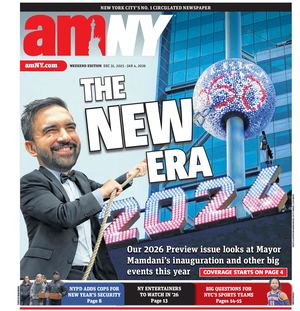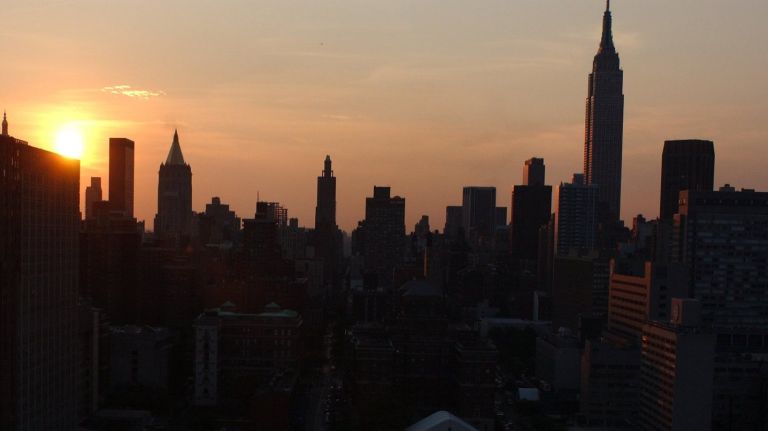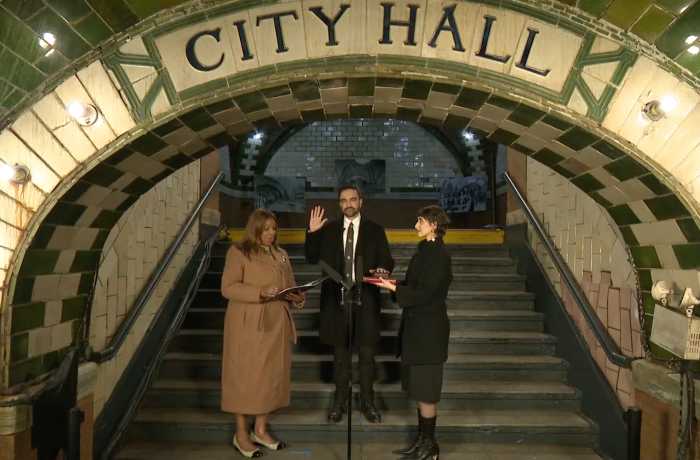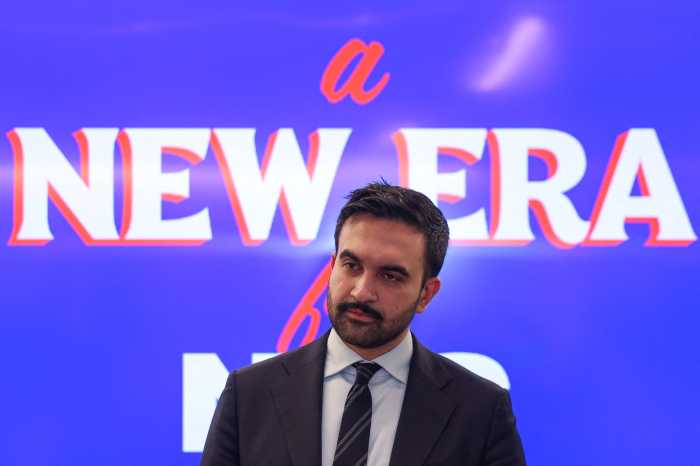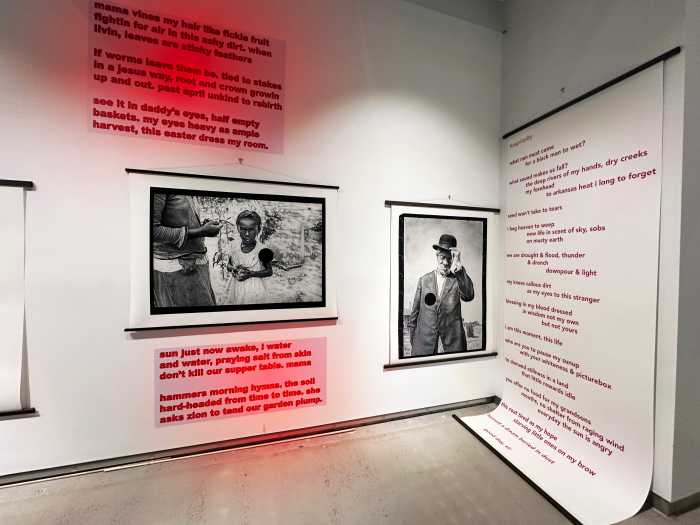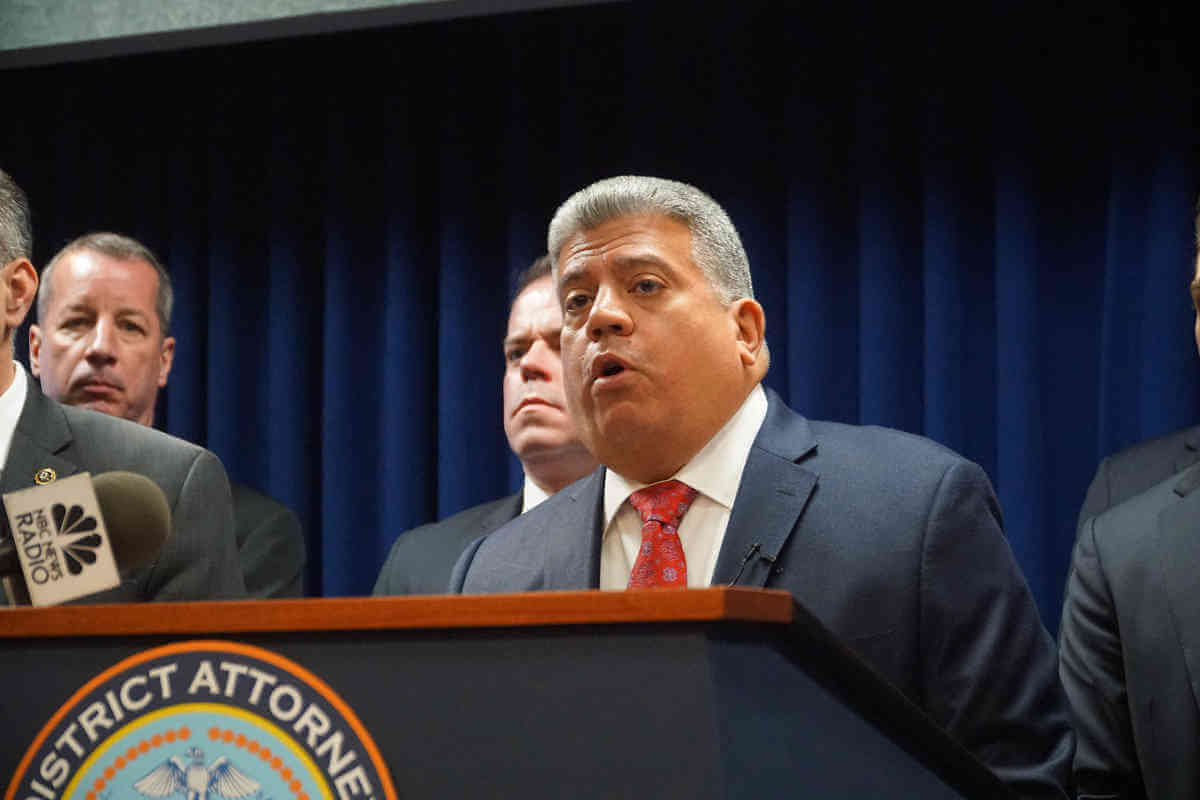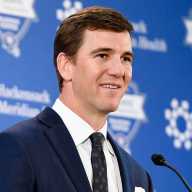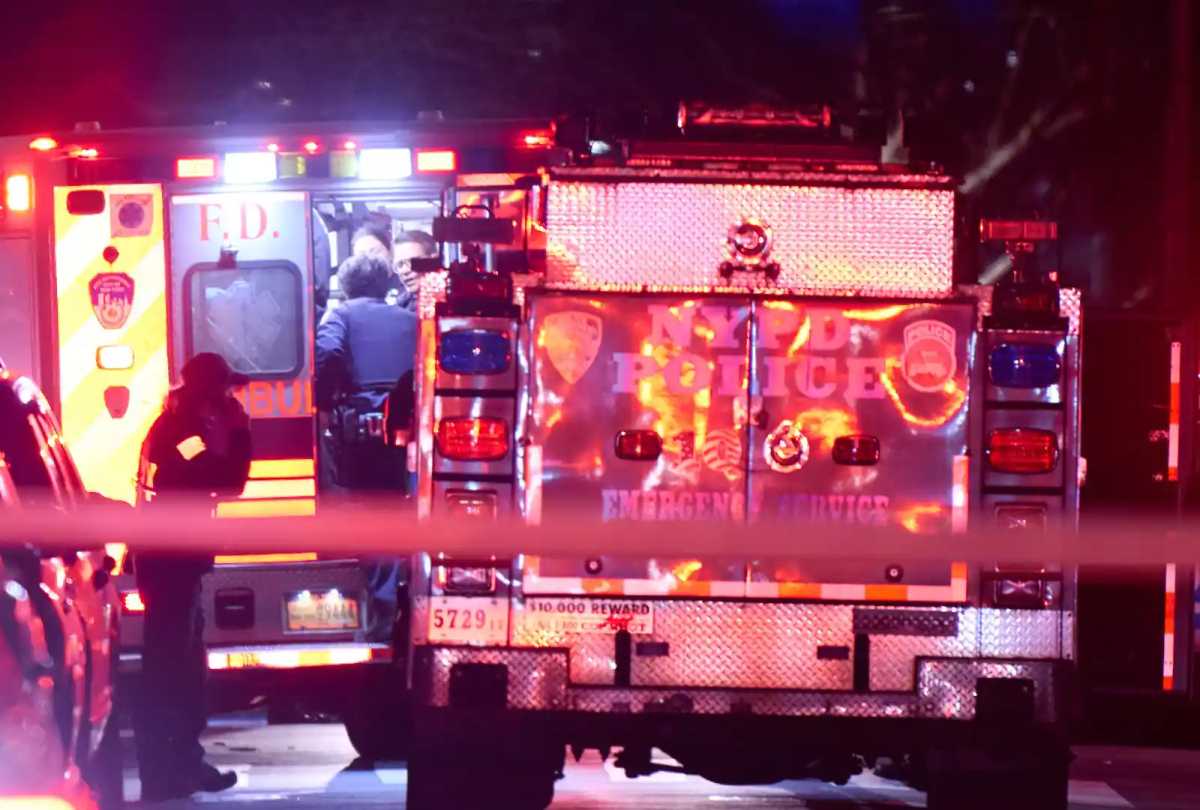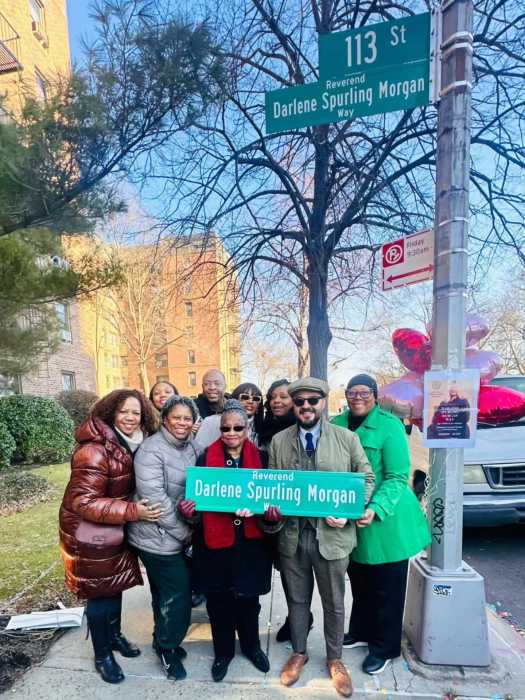
Fifteen years after the 2003 Northeast blackout, the likelihood of a catastrophic outage happening again depends on whether New York can adapt to smarter alternatives than its current electrical infrastructure, experts say.
In the past two years, the state has focused on distributing the task of generating electricity between utility companies such as Consolidated Edison and its consumers. Called “distributed generation,” the technology eases pressure on existing power lines, making it more efficient and cost-effective for consumers in the long run, according to Michael Tobias, founding principal of design and consulting firm New York Engineers.
Distributed generation is one of the ways the state’s utility agencies are trying to support Gov. Andrew Cuomo’s comprehensive energy strategy, titled “Reforming the Energy Vision,” which is designed to help “consumers make more informed energy choices, develop new energy products and services, and protect the environment while creating new jobs and economic opportunity throughout the state,” according to the governor’s office.
Here is what you need to know about the 2003 blackout and how it has influenced the past 15 years of electrical infrastructure in New York.
The 2003 blackout
On Aug. 14, 2003, the lights suddenly went out for 8.2 million New Yorkers. Traffic lights stopped working, subway trains were inoperable and backup generators kicked into high gear at hospitals and government buildings.
But New York City wasn’t the only area affected. The blackout spanned eight states and parts of southeastern Canada, affecting 50 million people.
Most of New York City was without power for 29 hours. Subway riders were rescued from stalled trains, commuters were forced to walk home from work and some hospitals were inundated with patients suffering from heat-related illnesses. Other affected areas went without power for up to four days, and parts of Ohio endured rolling blackouts for more than a week.
So what was the cause of the largest blackout in American history? According to the U.S.-Canada Power System Task Force, which was created to investigate the outage, it was a mix of equipment failures and human error.
The outage originated in northern Ohio, where a power generation unit became overloaded and automatically shut down. The outage typically would trigger an alarm at FirstEnergy Corp., which owned the unit. On Aug. 14, 2003, however, the alarm failed due to a system glitch.
Transmission lines — strained and overheated due to the power surges caused by the uncorrected imbalance — sagged onto overgrown trees, triggering a cascade of outages that spread across 9,300-square-miles within seven minutes, according to NASA.
The task force ultimately found that the blackout could have been prevented and issued 46 recommendations that could reduce the probability of another blackout of this scale.
But after 15 years, some officials working within New York’s power grid system argue more still could be done to minimize the risk of future catastrophe.
The blackout triggered improvements
“It was a minor thing which should have been resolved pretty quick,” Tobias said. Instead, the blackout worsened because standards relating to communication between operators, monitoring of the electric grid and handling of power failures weren’t enforced, he added.
Before the blackout, it was not mandatory for utility companies to comply with the standards set by the North American Electric Reliability Corporation (NERC), a nonprofit regulatory organization. Soon after the recommendations were released by the U.S.-Canada Power System Task Force, the Energy Policy Act was passed by Congress in 2005. It made enforcing NERC standards mandatory, violations of which could trigger millions of dollars in fines.
The most notable standards covered intensive training of operators so they could handle system failures, the building of operational tools that could identify and resolve power line faults, and strategies to keep trees away from transmission lines.
In New York City, Con Edison operators undergo more rigorous training and are required to obtain and maintain certification, a spokesman said. Tree growth near transmission lines is carefully monitored and regularly trimmed, and improvements to restoration plans ensure a smoother, faster restart when the system fails.
New York’s utility companies also made the system more reliable with a 2011 initiative that installed a network of sensors that detected power outages. The $75 million project was championed by the New York Independent System Operator (NYISO), the agency that runs the state’s power grid, with $37 million contributed by the Department of Energy.
Superstorm Sandy highlighted different issues
When superstorm Sandy hit New York City in October 2012, parts of the five boroughs were inundated with up to 9 feet of water, according to National Ocean Service recordings.
Flooding ruined electronic equipment in most of the low-lying areas of the city, resulting in the most customer outages in Con Edison’s history, according to the utility.
In 2016, four years after the superstorm ravaged the city, Con Edison announced it was close to completing $1 billion in flood protections. The utility company installed “submersible equipment that can withstand flooding, redesigned underground electrical networks, installed more than 1000 ‘smart’ switches on its overhead system, and numerous other steps to avoid outages in major storms,” according to a statement from the company.
The superstorm highlighted a new set of issues with the city’s transmission system, which once resolved, made the city’s electrical infrastructure more resilient and capable of handling outages in the future.
What more can be done?
While not all of the transmission systems in New York City work at the same time for most of the year, they are under the most stress during the peak summer season when residents crank up their air conditioners.
Distributed generation aims to reduce this stress.
The idea is to employ smaller power sources, such as batteries and solar panels, closer to consumers of electricity in order to take some of the load off the grid, Tobias said. Partial reliance on these alternate sources, combined with a reduction in electricity usage from traditional power sources such as Con Edison will help the grid run more effectively, he said.
The decreasing cost of these alternate power sources also helped bring distributed generation to the forefront of the energy reliability conversation, according to Tobias.
In February 2017, the NYISO released a road map for using Distributed Energy Resources (DER) for the state, which would improve “system resiliency, energy security and fuel diversity.” The distributed resources would also “allow consumers to take greater control of their electricity use and costs,” the report adds.
The road map charts a path from a “central station-based grid,” which exists for most utility companies that supply electricity to businesses and homes, to a “bidirectional grid,” where consumers would be able to store and produce their own electricity — to a certain extent.
The NYISO is currently developing the framework to test three pilot projects that would make the abundance of DERs in wholesale markets a reality, according to the agency.
To further this cause, the New York State Public Service Commission announced the Value of Distributed Energy Resources (VDER) system, which would compensate consumers for using their own methods of generating electricity.
Utility companies such as New York State Electric and Gas Corporation, National Grid and Con Edison have relief programs for customers who volunteer to save energy, and in turn, get paid for it. In New York City, Con Edison has a Smart Usage Rewards program that incentivizes New Yorkers to reduce their electric usage during peak hours in the summer.
“For every 100 kW [kilowatts] you pledge to reduce, you’ll be able to earn up to $18,000 a year,” Con Edison says.
The main challenge with distributed generation is that the ideology is currently in its infancy, according to Mike Schiavone, the director of a National Grid transmission control center in New York.
“How do we incorporate that? How do we monitor it? What are the protocols?” he asked, adding that it will be a significant challenge in the future of electricity transmission.
Other avenues utility companies are exploring to make the system more reliable include “microgrids,” which would be able to function as an independent grid devoid of any connection to the main grid in emergencies such as blackouts.
National Grid is currently designing microgrids for two upstate New York communities, according to Virginia Limmiatis, a spokeswoman for the agency. She added that these initiatives support the state’s renewable energy goals, as detailed in the governor’s “Reforming the Energy Vision.”
“[Distributed generation] is a good thing to go forward with. We just need the processes and the procedures,” Schiavone added.
